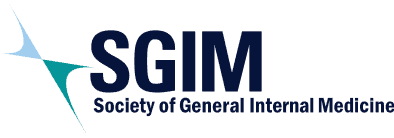I recently had the tedious administrative task of counting and collecting certificates for my continuing medical education (CME) hours for professional reporting purposes. Over time, a great deal of our work has come to count as CME: these include searching for point-of-care clinical information to support patient care decisions to routine professional activities, like reading journal articles and attending conferences. More recently, emerging CME activities include listening to podcasts and even engaging in CME-accredited tweetorials.1
Despite learning from officially accredited CME activities, physicians at any career stage are constantly learning from non-accredited yet similarly educational resources as practicing clinical medicine is such a knowledge-intensive discipline. Articles in this month’s Forum offer such essential learning: Oboh, Student National Medical Association president, discusses why Black students cannot stand alone in transforming undergraduate medical education; Bussey-Jones offers her advice on how to diversify academic leadership; Graves, et al, share experiences of quickly launching a combined virtual regional meeting; and Jetton previews the upcoming virtual annual meeting.
The annual meeting marks a leadership transition as well as Jean Kutner, SGIM President, offers her final president’s column before Monica L. Lypson, SGIM President-Elect, begins her term. Green, Dunne, and Bass provide updates on collaboration between SGIM and UpToDate for learning content development; McNamara, et al, review the Women and Medicine Commission’s collaboration with the Health Equity Commission on Career Advising Program updates; and Ahson shares a case report where a PaO2 saturation gap can be a vital clue for making a critical diagnosis.
Reading and reviewing articles from SGIM members for Forum is a treasured part of my routine learning even without the official badge of CME accreditation. What else do you do to keep on learning?
References
- Thamman R, Gulati M, Narang A, et al. Twitter-based learning for continuing medical education? European Heart J. https://doi.org/10.1093/eurheartj/ehaa346. 41(46):7 December 2020; 4376–4379.
Black Students Are Transforming American Medical Schools
When I gaze upon the (virtual) fresh faces of students starting medical…
Mind the Gap: The Utility of the Saturation Gap in a Well-Appearing Patient with Hypoxia
A 60-year-old female was transferred to our quaternary center for evaluation of…


